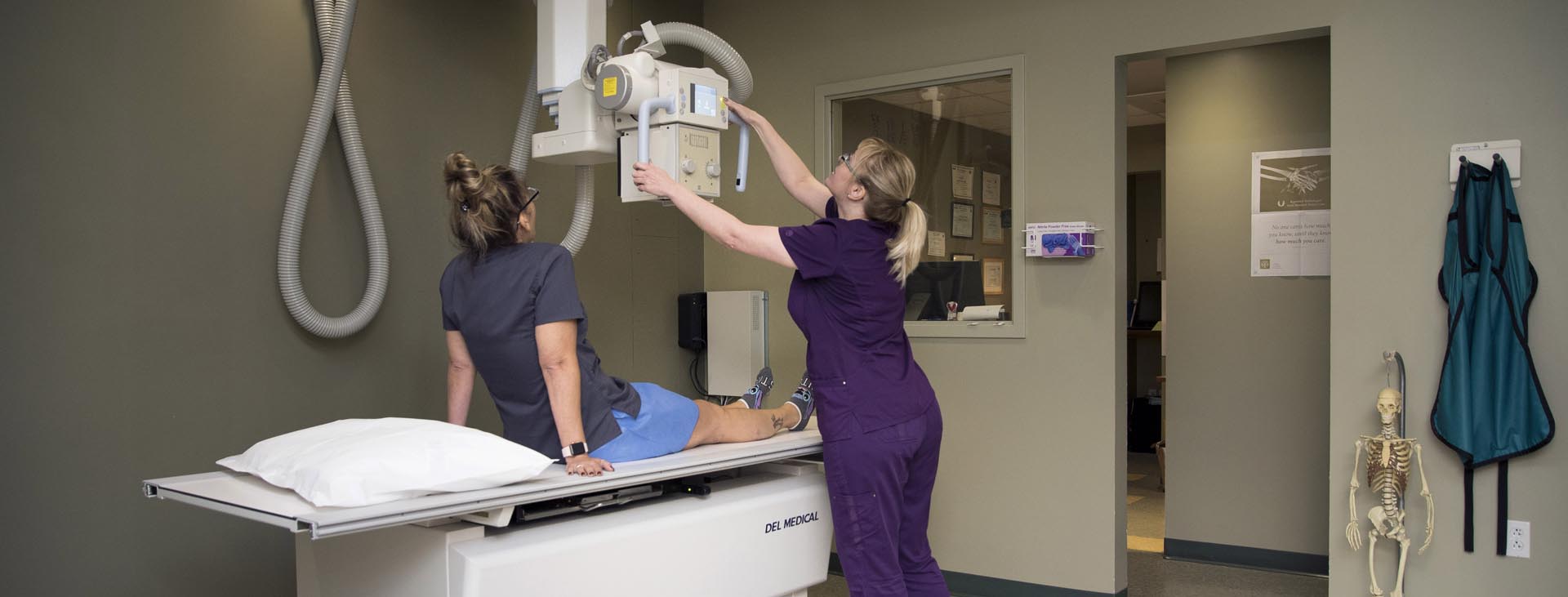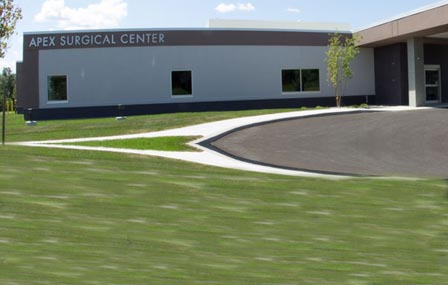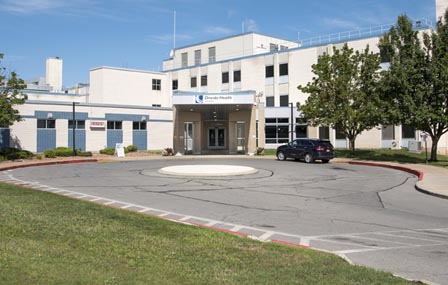While every orthopedic evaluation is different, there are many commonly used tests that an orthopedic surgeon may consider in evaluating a patient’s condition. In general, the orthopedic evaluation usually consists of:
- A thorough medical history
- A physical examination
- X-rays
- Additional tests, as needed
A medical history is taken to assist the orthopedic surgeon in evaluating the patient’s overall health and possible causes of the joint pain. In addition, it will help the orthopedic surgeon determine to what degree the joint pain is interfering with the patient’s ability to perform everyday activities.
What the physician sees during the physical examination – which includes examination of standing posture, gait analysis (watching how the patient walks), sitting down and lying down – helps to confirm (or to rule out) the possible diagnosis. The physical exam will also enable the orthopedic surgeon to evaluate other important aspects of the hips and knees, including:
- Size & length
- Strength
- Range of motion
- Swelling
- Reflexes
- Skin condition
If the patient is experiencing pain in a hip joint, the back may be examined because hip pain may actually be the result of problems in the lower spine. After the physical examination, X-ray evaluation is usually the next step in making the diagnosis. The X-rays help show how much joint damage or deformity exists. An abnormal X-ray may reveal:
- Narrowing of the joint space
- Cysts in the bone
- Spurs on the edge of the bone
- Areas of bony thickening called sclerosis
- Deformity or incorrect alignment
Occasionally, additional tests may be needed to confirm the diagnosis. Laboratory testing of blood, urine or joint fluid can be helpful in identifying specific types of arthritis and in ruling out certain diseases. Specialized X-rays of the back can help confirm that hip pain isn’t being caused by a back problem. MRI or a bone scan may be needed to determine the condition of the bone and soft tissues of the affected joint.
In order to help the orthopedic surgeon in making a diagnosis, it may be useful to write down answers to the following questions before the appointment:
Where and when do I have pain?
How long have I had this pain?
Do I have any redness or swelling around my joints?
What daily tasks are hard to do now?
Did I ever hurt the joint or overuse it?
Does anyone in my family have similar problems, such as spurs on the edge of the bone?
Discover the latest and most effective care and treatment for all your orthopedic and sports medicine needs at G.O. Ortho. Call (315) 735-4496 or use our convenient Request an Appointment form. We help patients from New Hartford, Rome, Whitesboro, Clinton, Herkimer and nearby communities.










